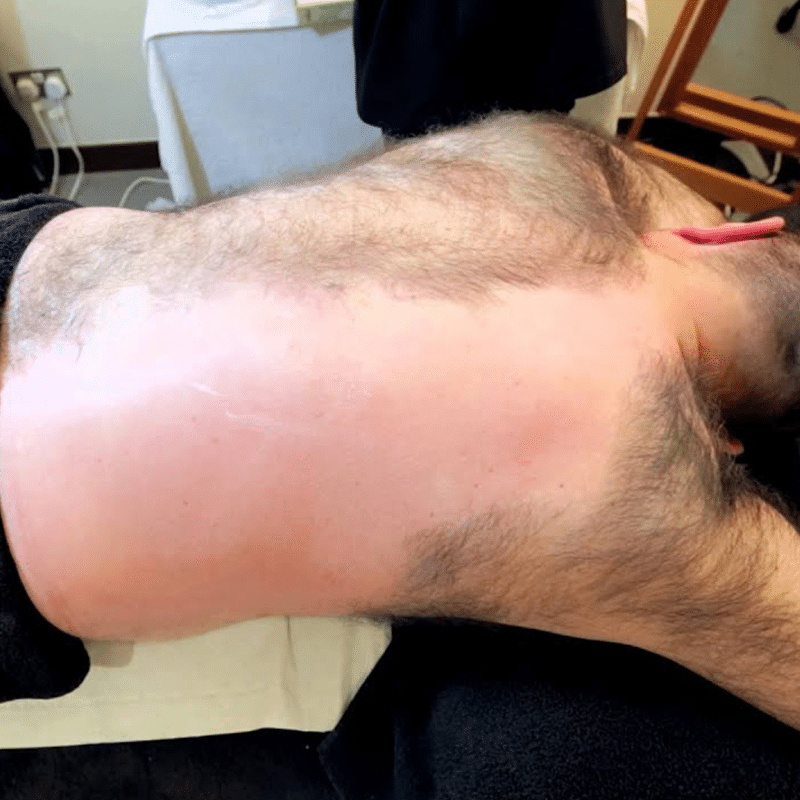
Body Waxing 101: How Much Is A Full Body Wax?
Explore the essentials of body waxing: cost, procedure, and care tips for lasting smoothness.
In this comprehensive guide, we will explore the various waxing techniques in depth. For an all-inclusive, step-by-step journey on how to wax , continue reading!
As seasoned estheticians, our duty extends beyond delivering top-notch results to our clients; we are also committed to equipping them with essential knowledge about the entire process.
Hair should be at least 1/4 inch long to be effectively removed. This length allows the wax to grip the hair properly for successful removal. If hair is too short, the wax may not adhere well, leading to uneven results.
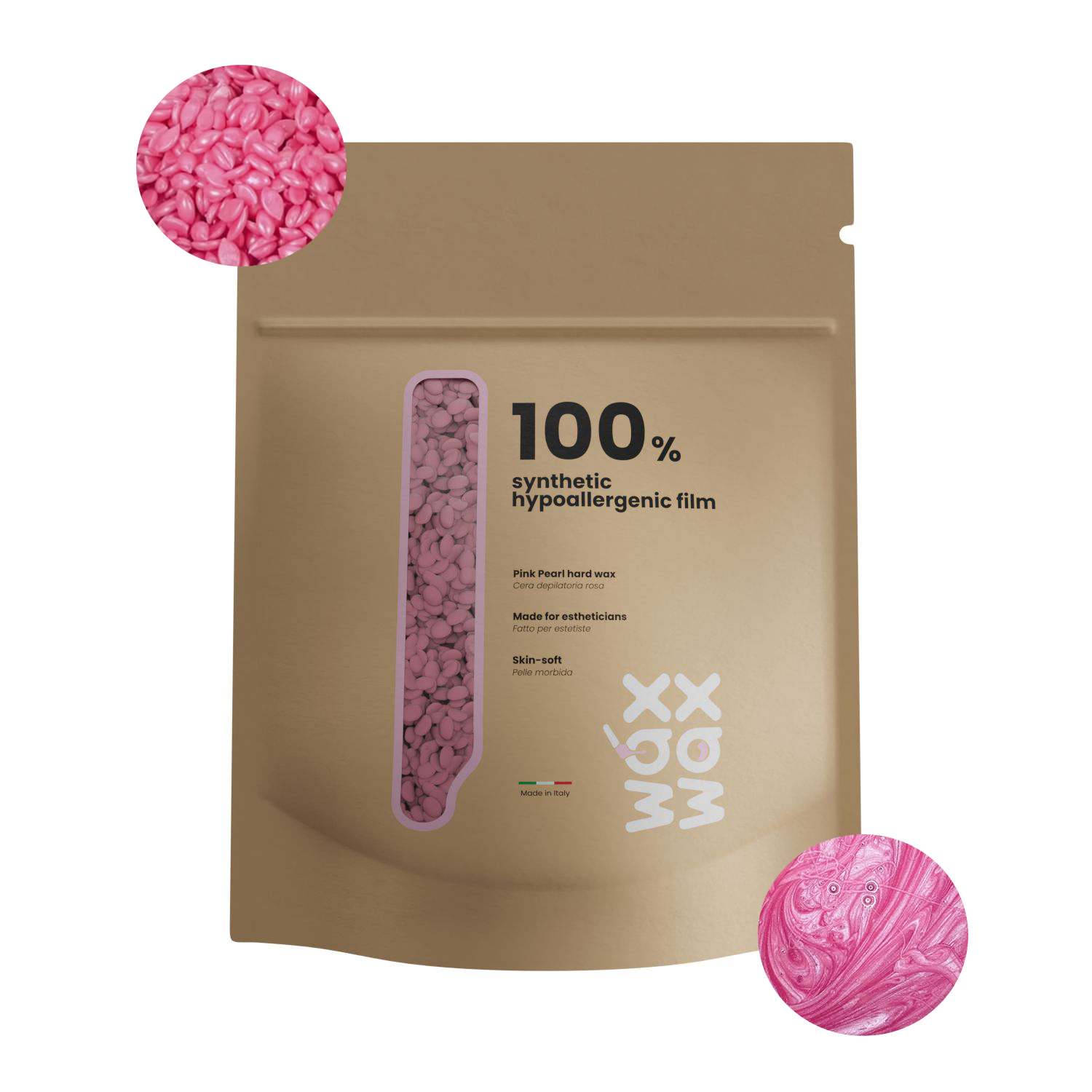
Wax Wax brings to the table premium hypoallergenic beads, crafted to deliver a smooth, gentle hair removal experience. Boasting innovative microbead technology, our wax achieves faster, more uniform melting compared to conventional products. Our foundationis a robust polymer film base, resulting in a flexible, pliable texture that glides on seamlessly and peels off effortlessly. Our formula is a testament to purity, with no dyes, fragrances, or common allergens in sight.
Armed with over ten years of industry expertise, we hae mastered the art of formulating gentle yet effective hard waxes. Our beads melt at lower temperatures, safeguarding delicate skin from burns. The wax, designed to resist cracking, encapsulates hair adeptly without undue adherence to the skin.
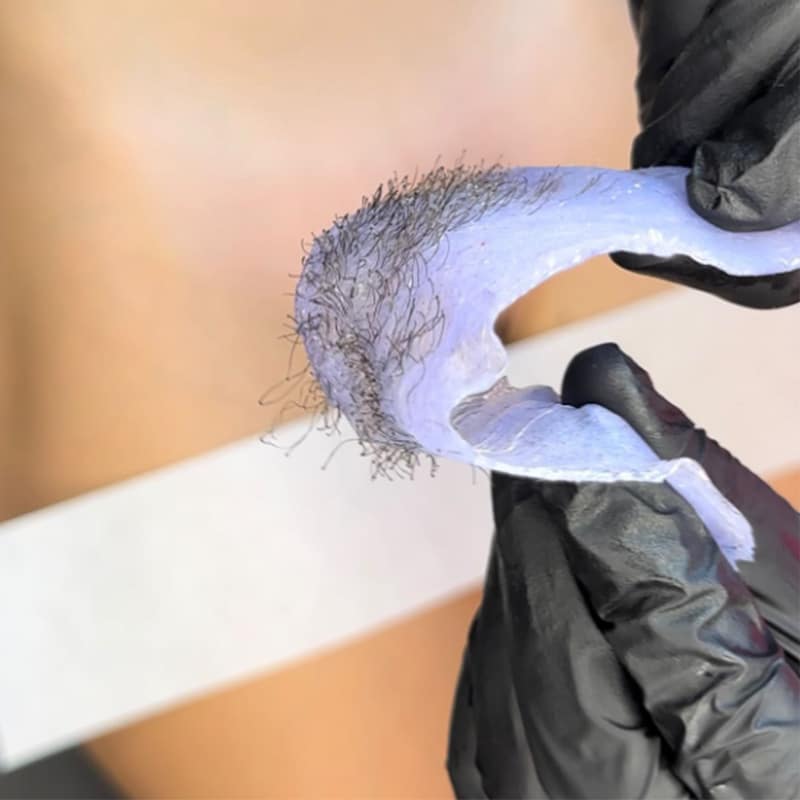
Hard wax is a popular choice for estheticians due to its versatility and effectiveness. This guide is designed to elevate your technique and ensure a seamless and comfortable experience for your clients.
Before starting, ensure you have all the necessary tools and products:
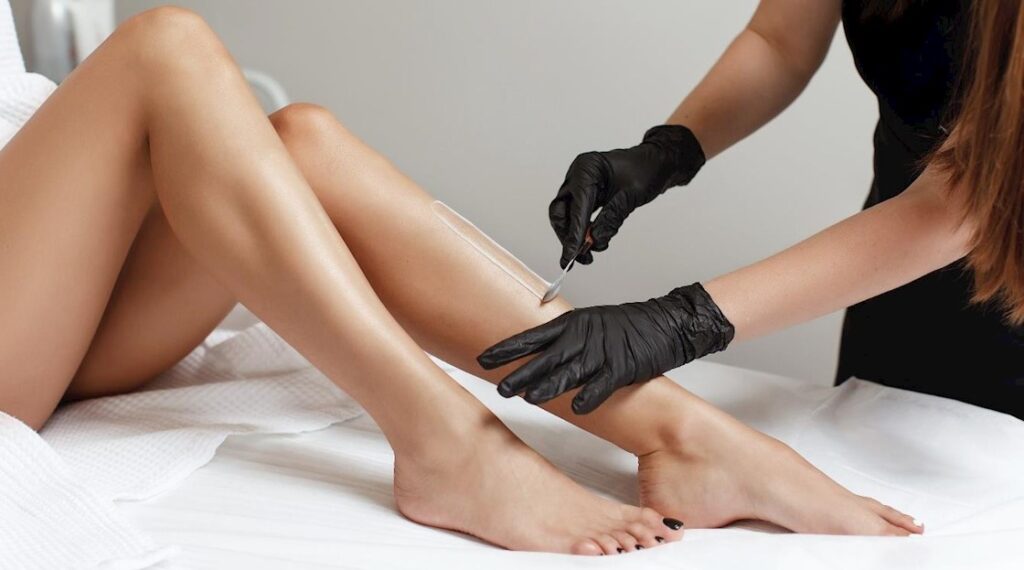
Proper client positioning during service is essential for the comfort of the client and the efficacy of the treatment.
Here’s a general guide on how to position clients for different areas:
By properly positioning your client, you ensure a smoother experience for both the client and the esthetician. Regularly check in with your client during the procedure to adjust positions if they experience any discomfort.
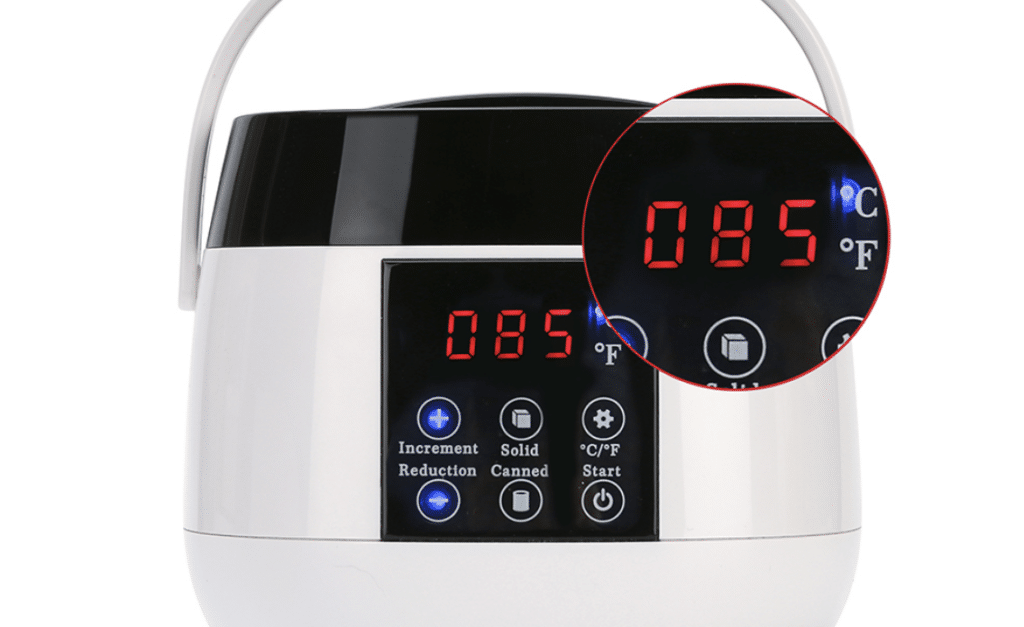
Different formulations – such as soft wax, hard wax, and sugar wax – have unique properties and therefore, distinct optimal temperatures for application and removal. For example, hard wax typically needs to be heated to a higher temperature compared to soft wax to achieve the right consistency, but it also has a wider range of working temperatures.
The optimal temperature for wax removal is when the wax has reached a honey-like consistency; it should not be too runny or too thick. Typically, hard wax should be heated to around 60-70 degrees Celsius (140-158 degrees Fahrenheit), but it’s always best to refer to the manufacturer’s instructions as the optimal temperature can vary between products.
Beyond just the type of wax, the inclusion of different additives and ingredients in the formula can also affect the ideal temperature for wax removal. Some waxes may include ingredients that alter the melting point and the cooling time, so what’s perfect for one product may not be suitable for another.
In conclusion, it’s imperative for users to read the product information and follow the manufacturer’s guidelines on temperature. This ensures not only effective hair removal but also the safety and comfort of the individual being waxed, preventing burns or irritations due to incorrect wax temperature.
Removing stuck wax from the skin can be a delicate process, and it’s crucial to do so with care to avoid damaging the skin. Here’s a gentle, step-by-step guide to help you through it:
Remember, the goal is to remove the wax while preserving the integrity of the skin, so being gentle and patient is key. Keep the skin clean and avoid potential irritants until the skin has had time to recover.
Waxing can hurt, but there are ways to feel less pain. Dr. Gohara says you can take a common painkiller like acetaminophen or ibuprofen before visiting your esthetician, if it’s safe for you.
Also, try not to visit your esthetician the week before ovulation, which is two weeks into the menstrual cycle. During this time, the skin, especially around the vulva, can be more sensitive due to hormone changes, explains Dr. Gohara.
But here’s some good news. The first time might hurt the most, but it gets easier after that. Regular waxing makes the hair grow back thinner and softer, so there’s less hair to pull each time, say experts like Petak. So, the more you get used to waxing, especially at home, the less likely it will feel uncomfortable.
Looking after your skin is key for feeling good after waxing. Right after, clean the skin with a mild cleaner to avoid germs. If you feel itch or discomfort, use a mild cream once or twice a day. Keep the skin cool and moist with a soothing lotion. Stay away from hot baths and tight clothes, and gently scrub the area after two days to avoid ingrown hairs. Lastly, keep the skin safe from the sun with sunscreen. Doing these things will help keep the waxed area smooth and comfortable.
In summary, this comprehensive guide by experienced estheticians provides in-depth knowledge on using hard wax for hair removal, covering the entire process from preparation to aftercare. Wax Wax offers a premium hypoallergenic hard wax that melts uniformly and is designed to safeguard delicate skin. The guide details a seven-step waxing procedure, emphasizing proper skin preparation, application, and post-care.
Proper client positioning for different body areas is essential for effective treatment and client comfort, with communication and modesty being key considerations. The wax should be heated to achieve a honey-like consistency, typically around 60-70°C, depending on the product. If mishaps occur, gently applying oil and using warm compresses can aid in removing stuck wax, and professional help should be sought if necessary.
Pain can be mitigated by over-the-counter pain relievers and by avoiding waxing around ovulation when sensitivity is heightened. Post-waxing, antiseptics should be applied, and the skin should be kept cool, hydrated, and protected from the sun, with gentle exfoliation commencing after 48 hours to prevent ingrown hairs.

Explore the essentials of body waxing: cost, procedure, and care tips for lasting smoothness.
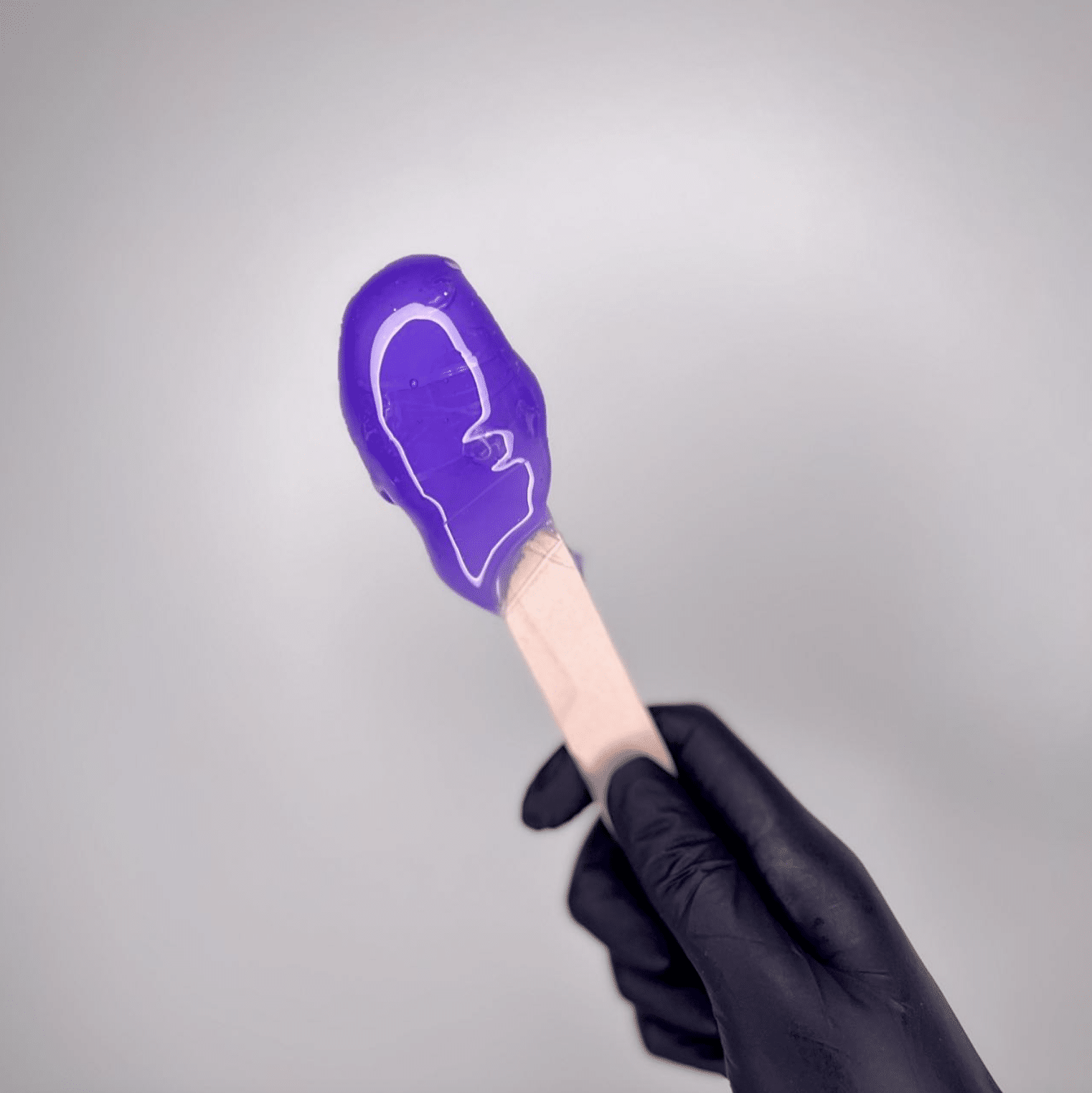
Did you know there are different kinds of hair removal wax?
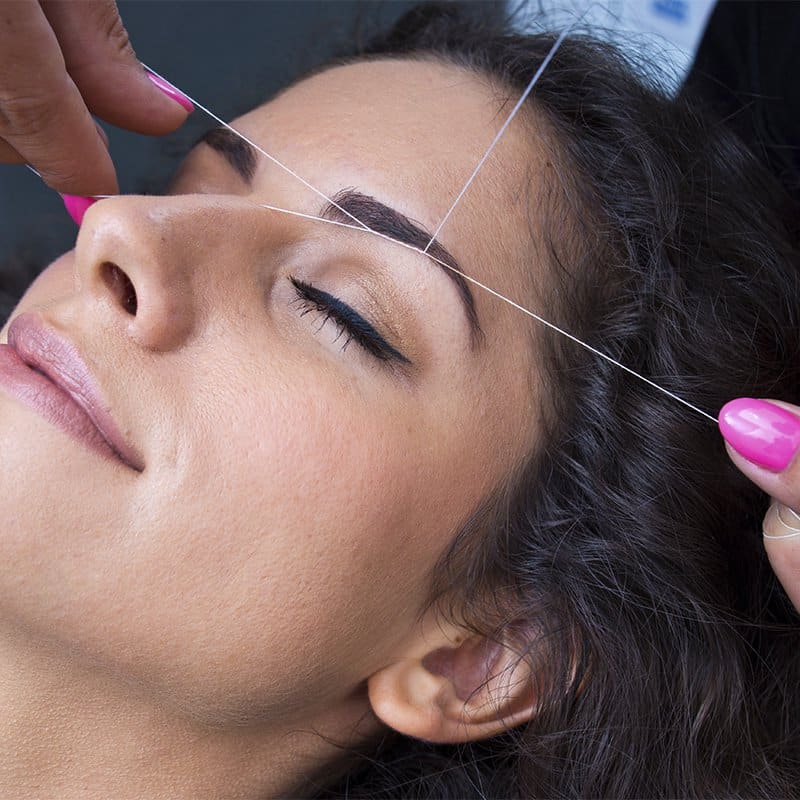
So, what’s the brow-shaping savior we’re all looking for? Waxing or threading?